We may earn money or products from the companies mentioned in this post. This means if you click on the link and purchase the item, I will receive a small commission at no extra cost to you … you’re just helping re-supply our family’s travel fund.
Spending time in the vast, stunning landscapes of a U.S. National Park is an unforgettable experience. You pack your bags, plan your routes, and anticipate breathtaking views, but sometimes, unexpected costs can creep into your budget. Knowing about these potential charges upfront ensures your adventure remains stress-free and truly idyllic.
1. Entrance Fees Beyond the Gate
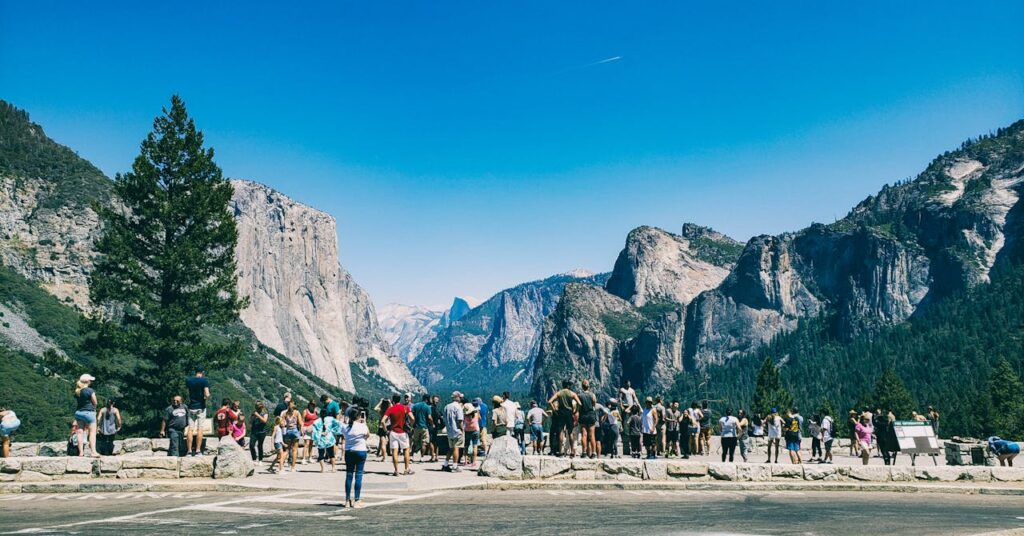
You might assume a single entrance fee covers your entire visit, but some parks have additional charges for specific areas or activities. For instance, while your general admission gets you into Yosemite, a permit might be required for hiking Half Dome. These fees often support specific trail maintenance or visitor management, so always check individual park websites for any layered access costs. It’s worth remembering that only 106 of the 433 sites managed by the National Park Service actually charge an entrance fee, typically ranging from $10 per person to $35 per vehicle.
2. Special Permit Costs for Popular Hikes
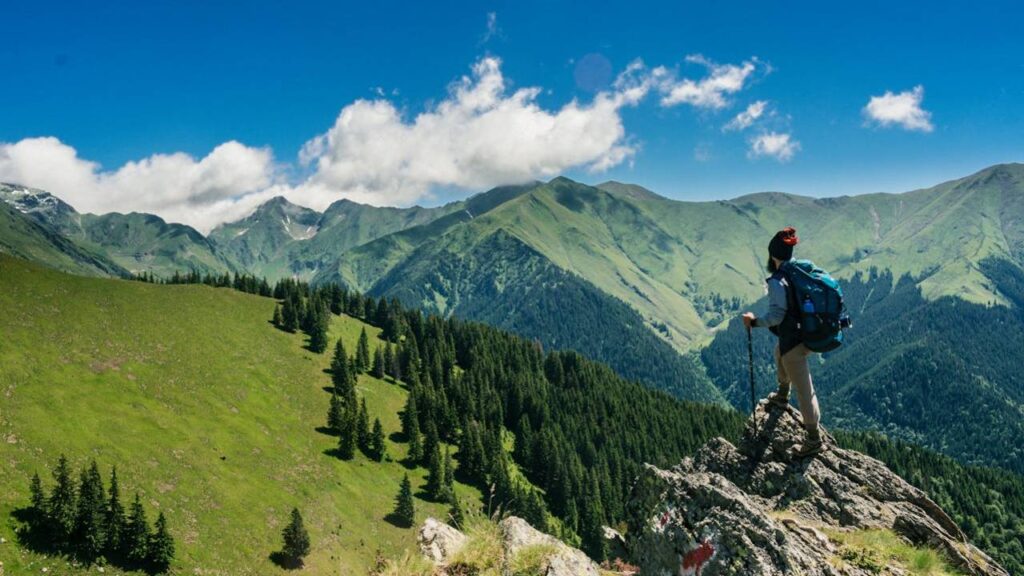
Dreaming of tackling a famous trail like The Subway in Zion or Angels Landing? These highly sought-after experiences often require a special permit obtained through a lottery system, and winning one usually comes with a non-refundable application fee or a per-person charge. These fees help manage crowds and preserve fragile ecosystems, ensuring a better experience for everyone who gets to participate. Always research permit requirements well in advance for popular trails, as demand can be incredibly high, making early planning crucial.
3. Backcountry and Wilderness Permits
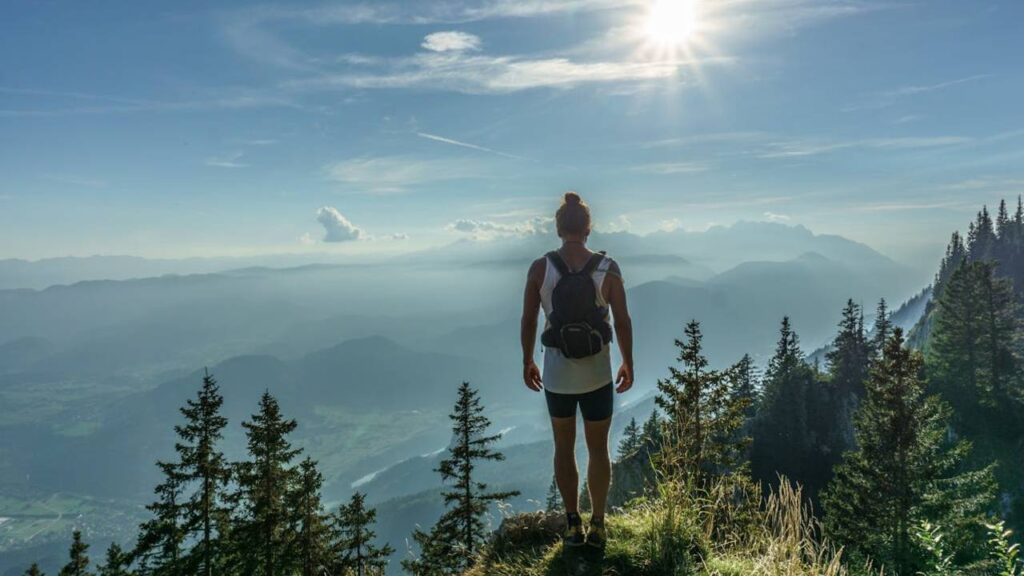
If you plan to venture beyond day-use areas and camp overnight in the wilderness, you’ll almost certainly need a backcountry permit. These permits typically carry a fee, often per person per night or per group, and can be crucial for tracking visitor numbers for safety and conservation. They also help fund the maintenance of trails and designated campsites in remote areas, protecting the pristine nature you’ve come to experience away from the crowds. It’s a small investment for an unforgettable, untamed experience.
4. Advance Reservation Fees for Campsites
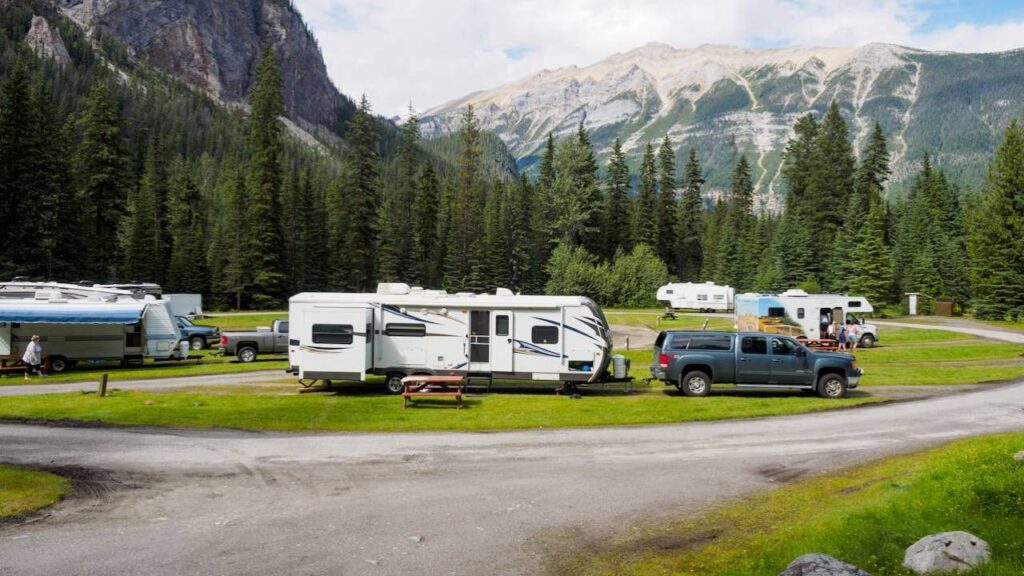
Securing a coveted campsite, especially during peak season, often means making reservations far in advance, and those reservations usually come with a non-refundable fee. This isn’t just a charge for staying overnight; it’s a booking fee that guarantees your spot in a popular campground, saving you the stress of finding a last-minute site. Even if you cancel, this initial fee is typically non-recoverable, so confirm your plans before reserving, particularly for highly sought-after spots within parks.
5. Shuttle or Transportation Charges
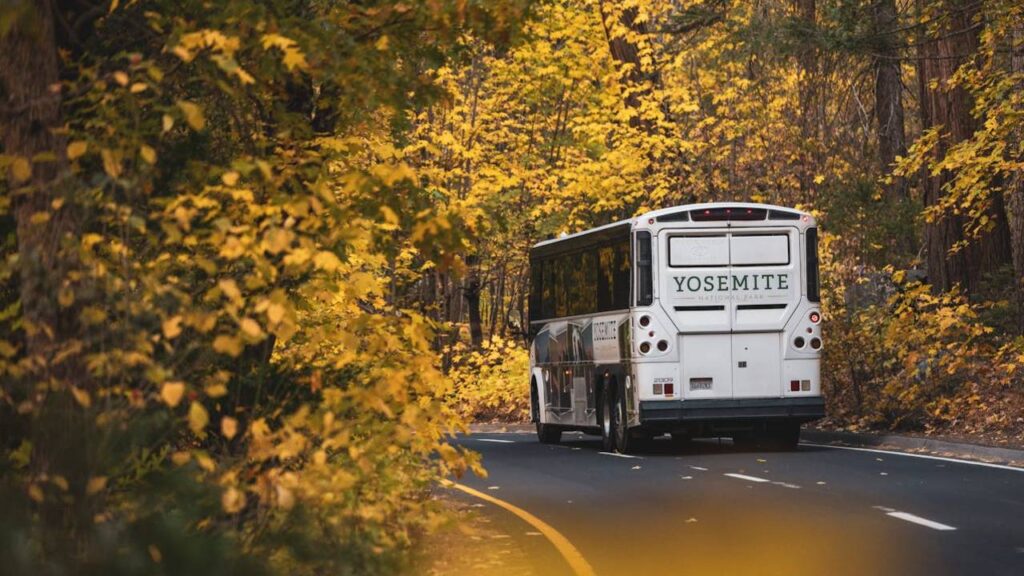
Many popular parks, like Zion or Acadia, operate mandatory shuttle systems to reduce traffic congestion and protect the environment. While some might be free with park admission, others could have a separate fee for riders. Always check if you’ll need to pay for park transportation, as private vehicle access can be restricted in certain areas, making shuttles your only option to reach key attractions. These fees help sustain crucial internal transit systems, benefiting all visitors and the park itself.
6. Guided Tour and Program Fees
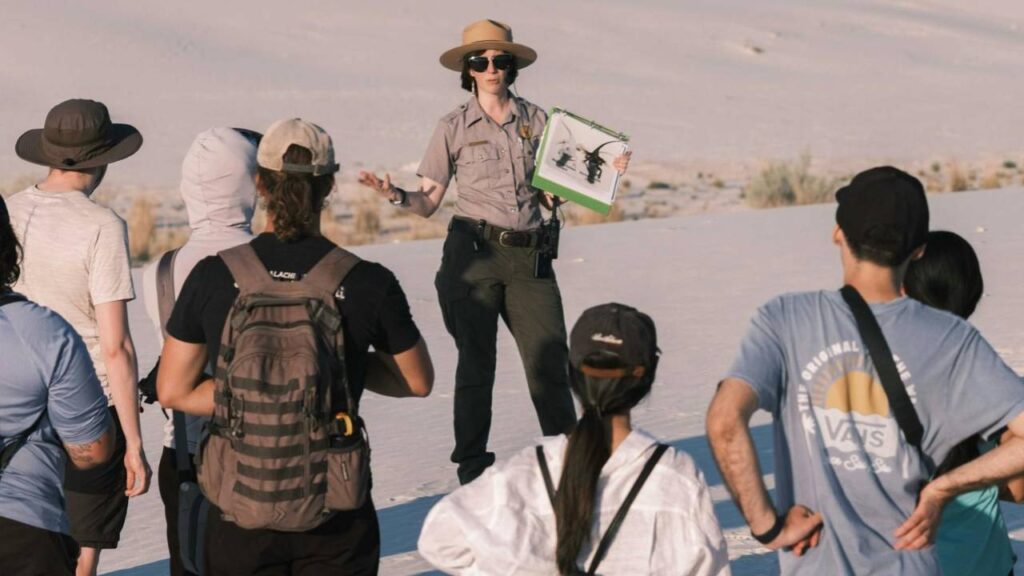
While many ranger-led programs are free, specialized guided tours or educational workshops within the park often come with a cost. These can include expert-led photography workshops, historical tours, or unique wildlife viewing experiences that offer deeper insights. These fees cover the cost of specialized guides, equipment, or smaller group sizes, which provide a more in-depth exploration of the park’s offerings. It’s a worthwhile investment for a richer, more tailored experience you won’t get on your own.
7. Parking Fees at Specific Lots

Even if a park has a general entrance fee, some popular trailheads or scenic viewpoints might have additional parking fees. These micro-payments help manage high-demand areas, encourage carpooling, and often contribute directly to parking lot maintenance or specific area improvements. Always look for signage in popular zones; avoiding a ticket means knowing where these specific charges apply, especially in crowded spots during peak times. A small fee can save you a much larger fine.
8. Boat Launch or Watercraft Fees
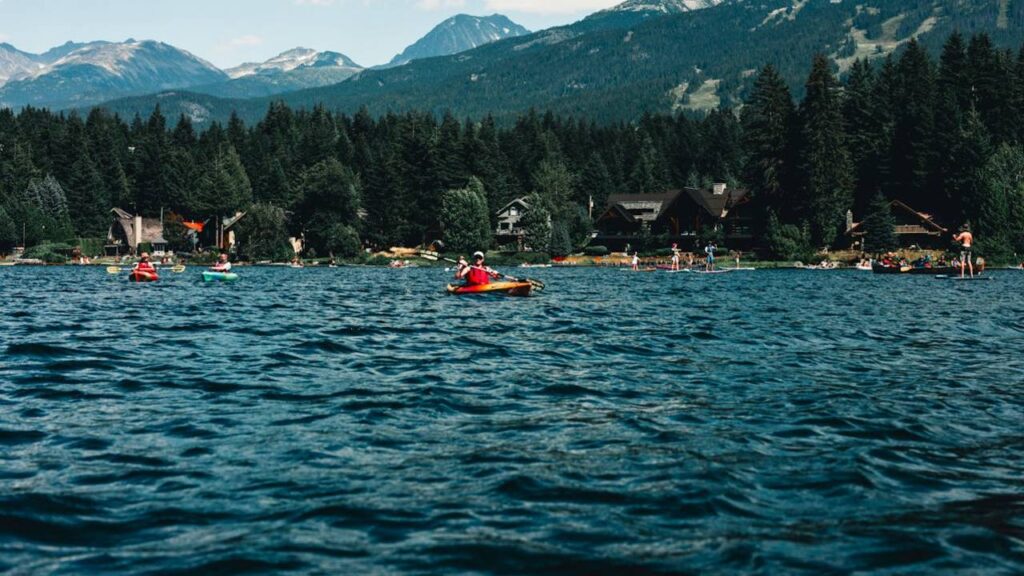
Planning to paddle or motor on a park lake or river? Many national parks charge a fee for launching private boats or other watercraft. This isn’t just for motorized vessels; it can apply to kayaks, canoes, or paddleboards as well. These fees help maintain launch facilities and fund water safety patrols, ensuring a safe and enjoyable experience for all visitors on the water, while also protecting aquatic environments from overuse.
9. Potential Future Foreign Visitor Surcharges
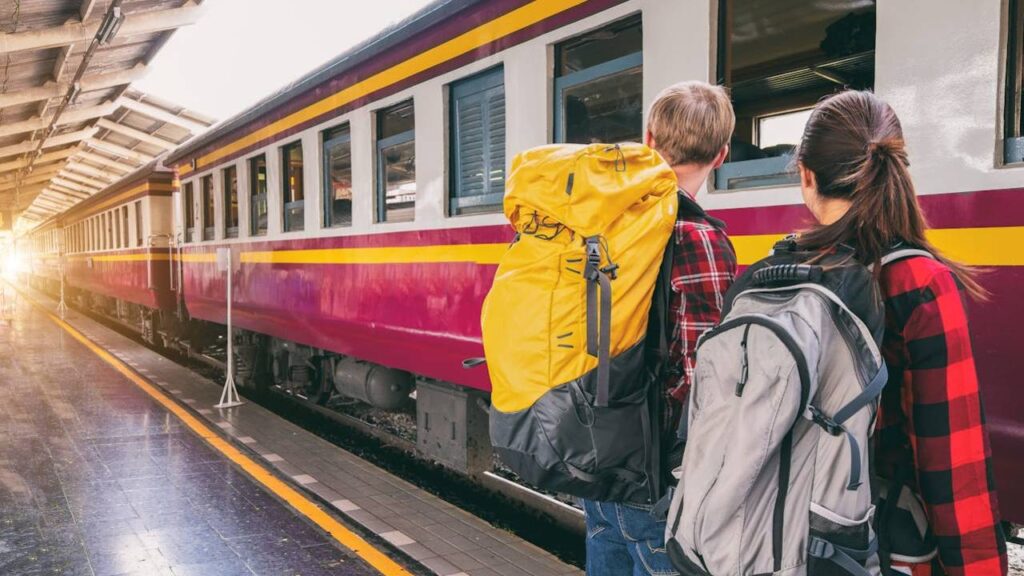
A significant proposed change for 2026 suggests new fees for international visitors at some U.S. National Park Service sites. This aims to help address the nearly $23 billion deferred maintenance backlog across the park system. While currently there’s no differentiation, officials are exploring surcharges, potentially ranging from $16 to $100 per foreign visitor, which could generate substantial revenue to maintain roads, buildings, and facilities. This is a developing change to be aware of if you are visiting from abroad.
Other Blog Posts You Might Enjoy
www.idyllicpursuit.com (Article Sourced Website)
#Surprise #Fees #Pay #U.S #National #Parks #Idyllic #Pursuit
